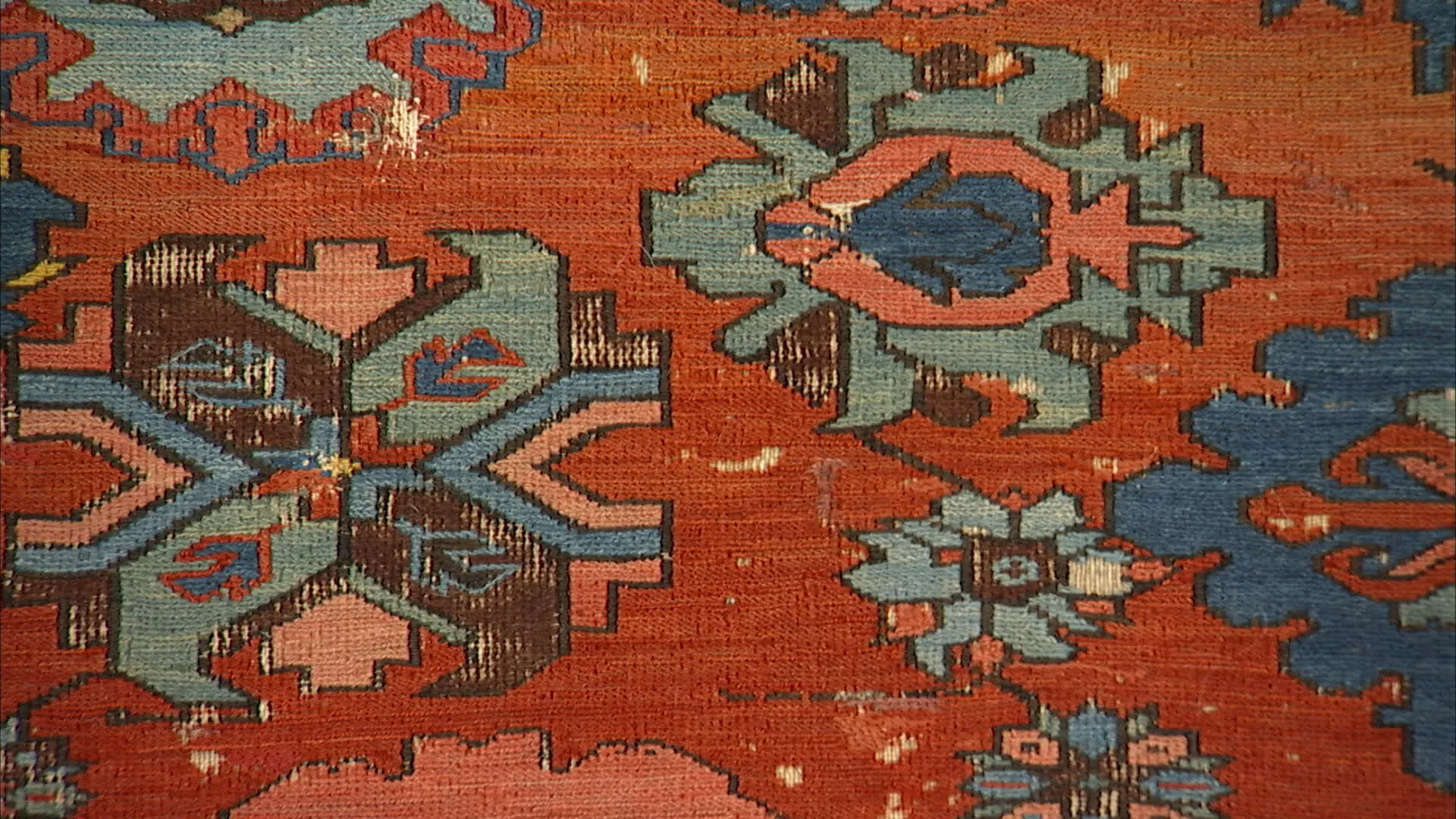GUEST: This is a silver soup tureen that has been in my family for several generations. My great-grandmother was from Louisiana. I suspect that this was maybe from her father and mother. My great-great-grandfather's older sister married Braxton Bragg, who was a Confederate general.
APPRAISER: So this perhaps was in that part of the family, as well?
GUEST: It could be, we don't, I don't know.
APPRAISER: Mm-hmm. What's interesting about this is the parallel with the, uh, Southern heritage, is that this a piece of Southern coin silver. Uh, there were a lot of silver manufacturers in the United States when this was made before the Civil War, probably, uh, circa 1840, 1850. And the majority of the silver manufacturers were in the Northeast, as was most of the industry in the United States. The Southern states were primarily agrarian communities.
GUEST: Mm-hmm.
APPRAISER: And there were not a lot of silversmiths there. So, by the nature of there not being a lot of silver made in the South, examples are much more rare. Additionally, the Civil War was fought primarily in the South. There was a lot of looting.
GUEST: Yes.
APPRAISER: Soldiers stole lots of things.
GUEST: Yeah.
APPRAISER: You hear stories about family silver being buried in the back yard all the time.
GUEST: Mm-hmm.
APPRAISER: And a lot of the silver that was made did not survive. This is an unusually large piece of silver, made by a New Orleans silversmith. And if we turn it over on its side... It's very clearly marked with the maker's mark, which is "Hyde & Goodrich." And they went into business in 1816 and made very, very fine silver. This is probably one of the best examples of, of an item that they could have made. It is based on a traditional English form with the gadrooning borders here.
GUEST: Mm-hmm.
APPRAISER: And the cast lion handles, with the ring in the mouth. And you have this wonderful dog f, finial.
GUEST: Okay.
APPRAISER: Which corresponds to the hunting. The dogs would have been used to hunt.
GUEST: Okay.
APPRAISER: It's chased very nicely with this beautiful Victorian chasing, and it's quite heavy. I weighed it before we came on camera and it weighs about 100 ounces. It is coin silver, which is, uh, not sterling silver. It's a, a lesser mix of silver.
GUEST: Oh, okay.
APPRAISER: And a higher percentage of alloy than sterling silver. But it's nonetheless a very, very exceptional quality. I consulted with a few of my colleagues, and we think that if this were to come up at auction, conservatively, it would bring between $10,000 and $15,000.
GUEST: (gasps): Really?
APPRAISER: Yes.
GUEST: (laughs): Wow.












